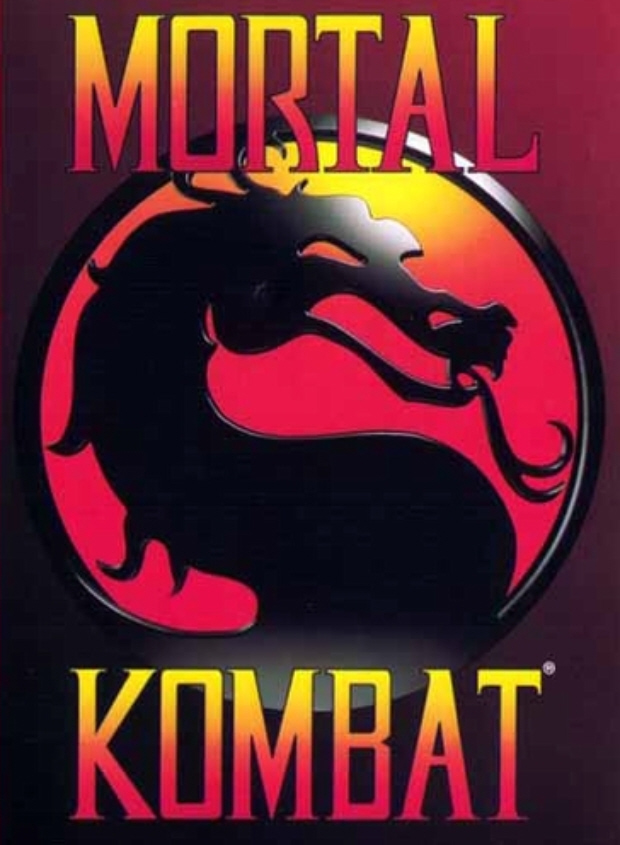May Contain Content Inappropriate for Children: A Conversation of the Ethical Line that Video Games Cross (Part 2)
November 29, 2017
By Jordann Sadler ’18, Perspectives Editor
Mortal Kombat developed in 1992 by Midway and released by Acclaim Entertainment was yet another controversial video game. Despite, its disapproval from adults everywhere, the franchise is still ongoing and is often compared to other fighting games such as Street Fighter and Tekken. The U.S. government also spoke about the game’s violence and, along with Night Trap, was one of the games leading to the creation of the ESRB (Entertainment Software Rating Board).
Mortal Kombat was one of the goriest games of its time. The most notable feature of the game is a fatality, which is executed against an already defeated opponent. The iconic voice yelling “Finish Him!” (or “Finish Her!” when performing a fatality on a female character) is still featured in the modern Mortal Kombat games. The winner, with button combinations and joystick movements, can kill their opponent in a special, gruesome, and extravagant way. Due to the gore, the game was censored, and the blood was replaced with sweat. Yet, the cheat code ABACABB on the Genesis console allowed players to see the uncensored fatalities.
The concept of a fatality seemed like “over-kill” to many. For example, one of Sub-Zero’s fatalities is him grabbing the opponent by the neck, ripping their head off, and the spine dangling from the severed skull. The fatality was described as unnecessary to some of the interviewees but also as unrealistic. Kesler Stapp says “Mortal Kombat overexaggerates everything.” In Mortal Kombat, people fly, teleport, and fight outrageous characters such as Goro, the four-armed Shokan-monster. Does the unrealistic nature dilute the gore?
Mr. John Christiansen, comparing Night Trap to Mortal Kombat, says “Both combatants know what they’re getting into.” This concept of victim versus mutual combat also makes the line between what’s right and wrong in a game blurry. In Night Trap, the woman in the nightgown does not know she is going to be attacked, but in Mortal Kombat both fighters know that they are in a duel to the death. In this situation, there is no victim, merely an agreement between two fighters. Mortal Kombat is not a Battle Royale/Hunger Games situation where people are forced to fight to the death, these fighters are willingly putting their lives on the line to save Earth in a multi-dimensional tournament. The woman in Night Trap had nothing but her fists and the items in the bathroom to defend herself, while in Mortal Kombat, combatants have weapons, super powers, and other ninja-like skills.
Mortal Kombat “pushed the envelope,” as both Mr. Christiansen and Dr. McCall described. With its blood, fighting, and characters, Mortal Kombat was the game that everyone was scared of during its time. Despite the endless scorning, Mortal Kombat still evokes a sense of nostalgia for many of the adults who used to play the game and is a crucial game in popular culture. Both Radha Mangu ’19 and Mr. Christansen recall using the phrase “Finish him!” in their everyday vernacular. The game certainly does have a place in the hearts of many.
Continuing the franchise is the most recent installment Mortal Kombat X. The recent game was developed in 2015 by NetherRealm Studios and released by Warner Bros. Interactive Entertainment. The rated M (18+) game restored Brutalities and Stage Fatalities which were in previous Mortal Kombat games. The X-Ray special moves also returned, which were originally from the ninth installment, Mortal Kombat (2011). The X-Ray move, which can be performed during the match when a player filled all three sections of their Energy Bar, inflicts a significant amount of damage to the opponent. The X-Ray move, when executed correctly, also shows the bones, muscles, organs, and anatomy of the character and the internal damage that is done. Just like the fatality, the X-Ray horrified many interviewees, but many also pointed out that it was unrealistic because the opponent is still able to fight afterwards. Kesler says that “there could be cases where the injury (of the X-Ray) is worse than the fatality. Especially if the injury lingered. The guy stood back up and the bones magically healed.” The X-Ray special move would be even more horrifying if the character, instead of magically healing, began to limp, crawl to safety, blackout from shock, or do something that would suggest that the injury had an effect on the character itself and not just the character’s health bar. But this humanization would cross the line (if showing organ damage and bone destruction didn’t already cross the ethical line).
Mortal Kombat X, with its X-Rays and improved graphics, seems gorier than the first 1992 Mortal Kombat. Improved graphics does play a role as Ms. Chantal Thornberry suggests, “the graphics were more realistic, making the violence seem more realistic.” But, overall, the concept is the same in both games as Bryon Williamson ’19 suggests, “having someone’s spine ripped out is terrifying either way.” Comparing the two games, Mortal Kombat X and Mortal Kombat (1992), developers, with every game they release, try to—as Mr. Christiansen described— “up the ante.” Some of the interviewees explained that as society becomes more accustomed to disturbing subjects, game developers try to re-imitate that shock value by increasing the violence.
With every Mortal Kombat game throughout the years, it “pushed the envelope,” sneaking across the moral line and perhaps, acclimating society (or at least the video game world) to violence. The contrasts and similarities of the Mortal Kombat series is seen with other video games as well, usually games that began years ago and are rebooted, remastered, or continued today. Doom is one of these examples. Starting the first-person shooter genre, Doom was the third major point in video game violence. In Night Trap, using cameras you are preventing monsters from abducting teenagers. In Mortal Kombat, you are controlling a character in a third-person, side-view fight. In Doom, you are seeing through the eyes of a space mariner. Is this personal experience through a first-person view too much?



